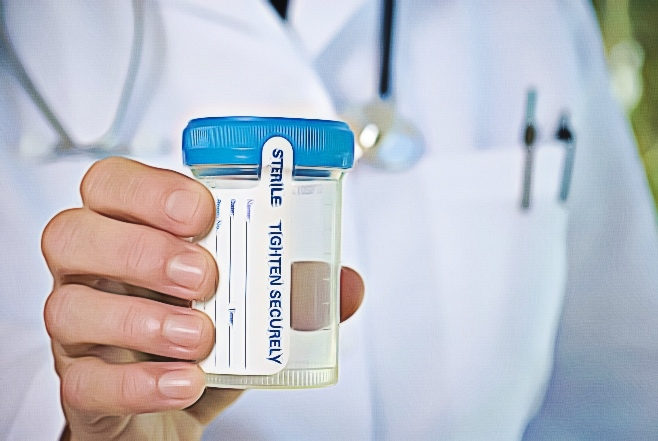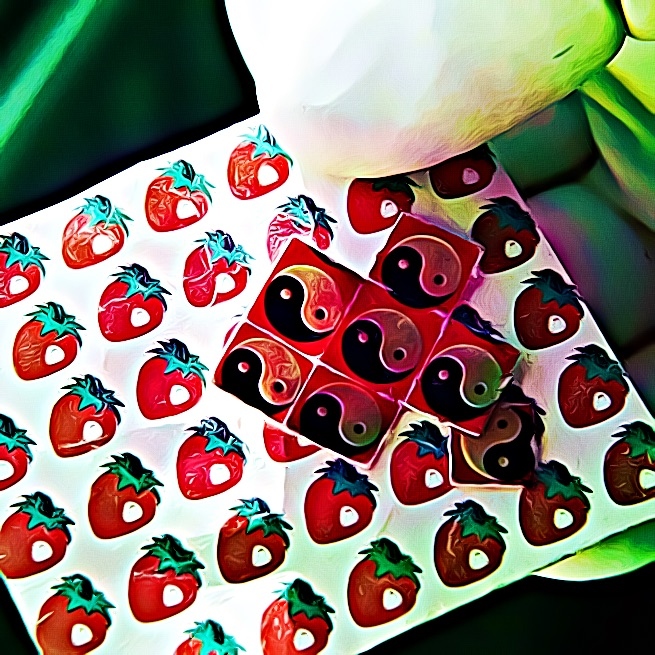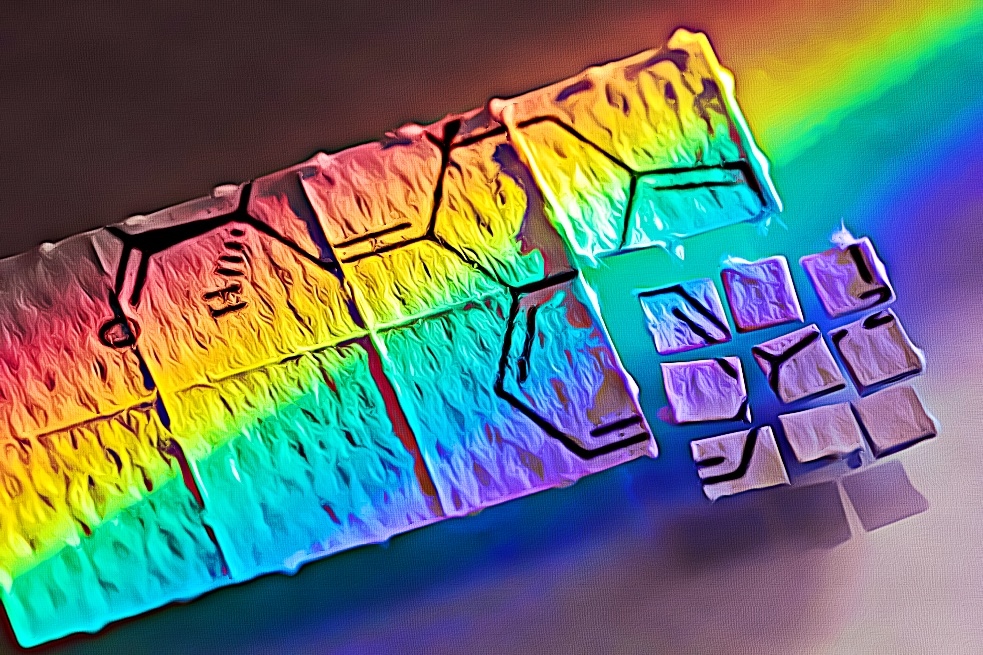Lysergic acid diethylamide (LSD) is an extremely powerful psychoactive drug synthesized from ergot, a fungus that commonly grows on rye and other grains. Its hallucinogenic properties are so powerful that people measure their dosage in micrograms. As little as 25ug to 75ug, which users describe as a “mild experience,” can cause visual hallucinations, while a 700-1000ug can induce a “full out-of-body-experience.”
The US Drug Enforcement Agency classifies LSD as an illegal Schedule 1 drug, which means that it is very likely to be abused and doesn’t have any documented use in medical treatments.
How long does LSD last and stay in your system?
LSD-induced hallucinations, also called a “trip” by recreational users, can last anywhere from 6 to 15 hours. Factors such as dosage, body size, and other medications a user may have been taking can affect the trip’s length.
The “trip” itself rarely lasts more than 12 hours. However, it can take your body more than 24 hours before going back to its normal state. LSD traces will remain detectable in your urine for 5 days and in your hair follicles for up to 90 days in your system.
It’s worth noting that LSD doesn’t show up in most drug tests. This is because the dosage needed to induce the hallucinogenic effects is so small that the average urine test can’t detect it. That being said, there are specialized tests such as Abuscreen and EMIT that will specifically look for LSD traces in your body using blood, urine, serum, and stomach content samples. This means that if a competent physician, probation officer, and even your employer suspects someone to have taken LSD, they can order those tests to confirm their suspicions.

According to Healthline, users who ingest LSD describe the whole experience in three distinct stages.
- The trip
This is the period where the users feel the full brunt of the acid’s active effects. Within 20 to 90 minutes of ingestion, users may begin seeing intense psychedelic colors, floating objects, cartoon-like images, and more.
The higher the dosage, the higher the intensity of the hallucinations can be. According to some users, at a dosage of 1000 to 1500ug, the perception of everyday reality can stop.
- Coming down
After a few hours, the effects of LSD will naturally start wearing off. While coming down from a trip, users may feel a sensation of “gradually returning to Earth.” The hallucinations will begin to weaken and until sleepiness takes over.
- Afterglow
After the initial trip, users may experience “afterglow” effects for another 6 hours. The afterglow refers to a mild euphoria state, which users describe as the feeling that everything is lighter or brighter.
What is LSD’s chemical structure?
The molecular formula of LSD is C20H25N3O and has a molecular weight of 323.4m. Its international non-proprietary name is (+)- lysergide.
The origin of LSD starts with Albert Hoffman, a Swiss chemist who worked for pharmaceutical company Sandoz Laboratories in 1938. The story goes that Hoffman first synthesized LSD the ergot fungus but set it aside for 5 years until April 16, 1943, which is when he decided to reevaluate it.
While re-synthesizing LSD, he ingested a small amount of LSD through his fingertips, experiencing the first trip. Throughout his life, Hoffman tried to find a medicinal and therapeutic use for the drug. Many scientists used LSD to study the chemical origins of mental illness. Unfortunately, many people also abused it, which eventually lead to a worldwide prohibition.
According to the European Monitoring Centre for Drugs and Drug Addiction, there is still much to learn about LSD and its effects on the human brain. Most scientists believe that LSD binds with the brain’s serotonin receptors and activates them, interfering with the brain’s ability to control your perception of stimuli.
How does LSD work?
As mentioned above, LSD is among the least studied substances in the world because governments prohibit its sale and use. What we do know is how people have used it in the past pre-prohibition, and how some who have illegally acquired it use it today.
LSD is usually ingested sublingually (applied under the tongue to be absorbed by the underlying tissue) or mixed with gelatin for easier consumption. While relatively rare, some people have also been documented to have ingested it intravenously via injection.
LSD vs. Mushrooms: What’s the difference?
Psilocybin mushrooms, or magic mushrooms, are fungi containing psychedelic substances psilocybin and psilocin.
Like LSD, psilocybin mushrooms contain potent psychedelic drugs that Hoffman synthesized in the 1950s. As a powerful hallucinogenic in its own right, it also creates strong perceptual anomalies in its users. However, they also have distinct differences.
The primary active agent found in mushrooms is psilocybin (hence the name). While Hoffman himself synthesized it in 1958, the mushroom itself has been used by people in Mesoamerica for religious communion, divination, and healing rituals.
Unlike LSD, the recreational use of psilocybin has been decriminalized in some places in the US. That being said, they continue to be illegal at the federal level and are still listed by the FDA as a schedule 1 narcotic.
LSD vs. Acid: Are they the same?
Acid is one of the street names commonly used to refer to LSD and are used interchangeably by most people. However, it’s crucial to distinguish between the two terms: LSD is the pure component that Hoffman and succeeding pharmacologists synthesized in their laboratories.

Meanwhile, acid is an unregulated street drug that users purport to be LSD. However, with the lack of regulation, there is no real way to know if the acid being used recreationally (and illegally) by users is pure or even real LSD.
Is LSD addictive?
As mentioned earlier, LSD is a highly potent psychoactive drug that produces profound hallucinations in its user. It’s so potent that doses are usually measured by the microgram. However, the National Institute on Drug Abuse does not consider LSD addictive because it doesn’t cause uncontrollable drug-seeking behavior.
That being said, LSD does produce tolerance quickly, resulting in some users to ingest higher doses to have the same hallucinogenic effects. This is a highly risky practice because of the drug’s unpredictability. This is especially true given that the long-term effects of LSD haven’t been adequately studied since its prohibition in the 1980s.
Can you overdose on LSD?
The risk of overdose is rare with LSD. However, it doesn’t mean that it is a safe substance to take, especially considering that there is no way to check the actual components found in acid. That being said, the real danger with LSD is their impaired inhibition capabilities.
Users tripping on LSD will exhibit risky behavior that could cause injuries. People who ingest too much LSD for their specific body composition can have what is referred to as a “bad” trip, which means panic attacks, aggression, suicidal thoughts, and other mental health problems.
Dying directly from LSD overdose, for example, is practically unheard of in the medical community. However, as stated earlier, its effects on the brain’s inhibitory responses can lead to a person demonstrating risky behavior resulting in severe injuries and death. The most life-threatening consequences of LSD abuse comes in the form of hyperthermia, suicidal thoughts, and psychosis, which are side effects of frequent and large doses.
Conclusion
While addiction experts don’t consider LSD as an addictive drug, we must understand that this does not make it safe for ingestion. As mentioned earlier, LSD usage severely impairs the brain’s inhibitory centers. While the lowered inhibition may make for some interesting hallucinations, the reduced ability to recognize danger and consequences can result in life-threatening behavior.
Moreover, with the drug’s production and distribution remaining illegal, there’s no way to ensure if what you’re taking is real LSD or a combination of other unverified psychedelic chemicals. Until US laws change and the drug becomes available for research again, one should steer clear from LSD at all times.
Source
https://www.drugabuse.gov/publications/drugfacts/hallucinogens

